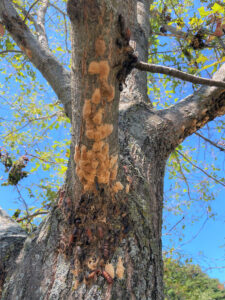
Numerous spongy moth egg masses on an oak tree in Walworth County. / Photo Credit: Bill McNee, Wisconsin DNR
By Bill McNee, DNR Forest Health Specialist, Oshkosh;
Bill.McNee@wisconsin.gov or 920-360-0942
Forest managers planning silvicultural treatments in stands susceptible to spongy moth (Lymantria dispar) – such as those containing many host species, including oak, birch, aspen and basswood – are encouraged to conduct annual egg mass surveys before treatment.
Surveys make it possible to predict if heavy defoliation is likely. If more than 30 egg masses are found in a sample area – a circle with a 37-foot diameter – then heavy defoliation is expected in the spring, and management activities should be altered or delayed until an outbreak has ended. Continue reading “Harvest Timing Affected By Spongy Moth”

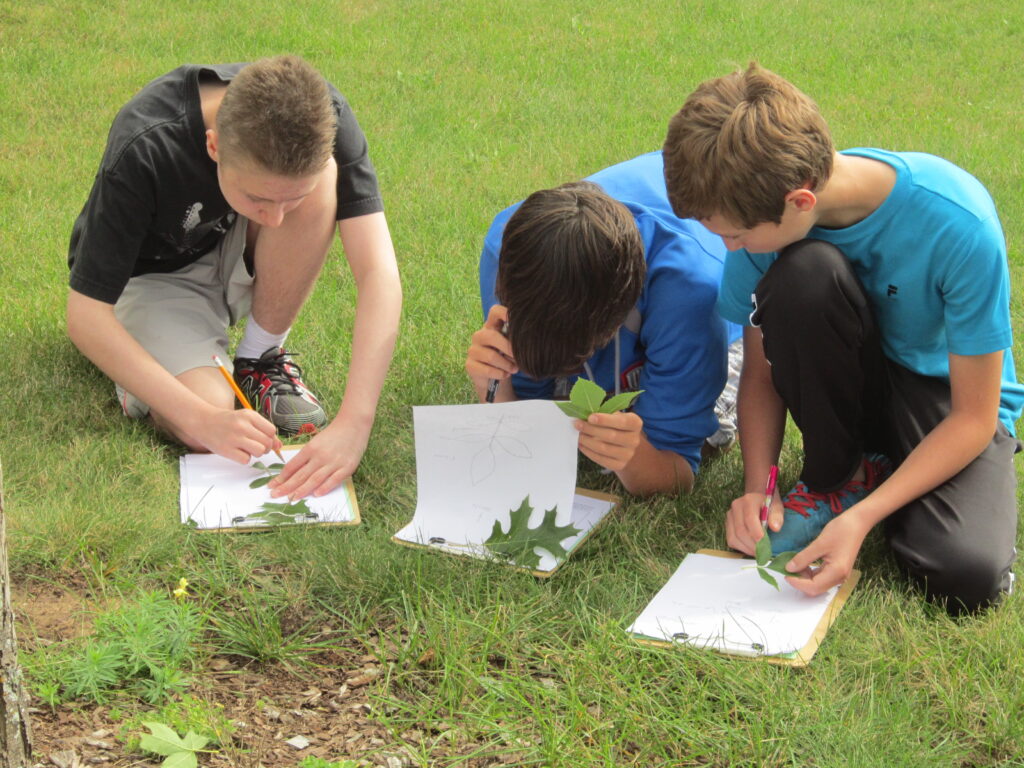
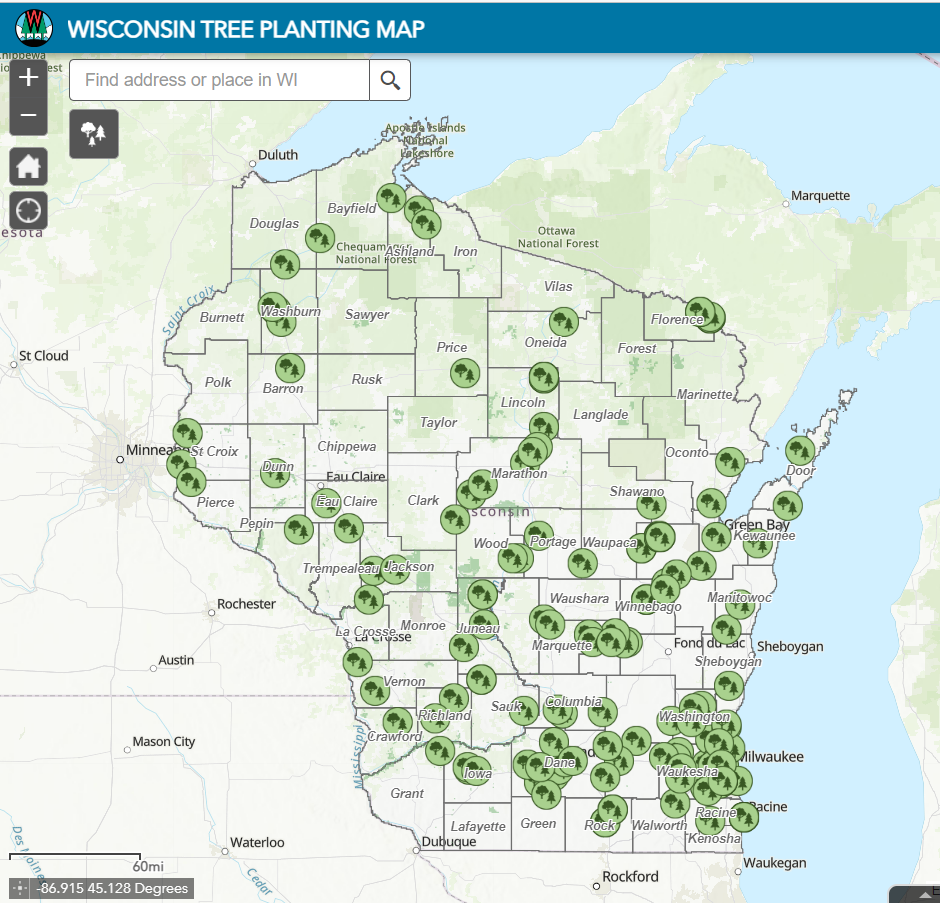 Autumn is a great time to plant trees. After the trees go in the ground, please take a few minutes to document the effort in the
Autumn is a great time to plant trees. After the trees go in the ground, please take a few minutes to document the effort in the 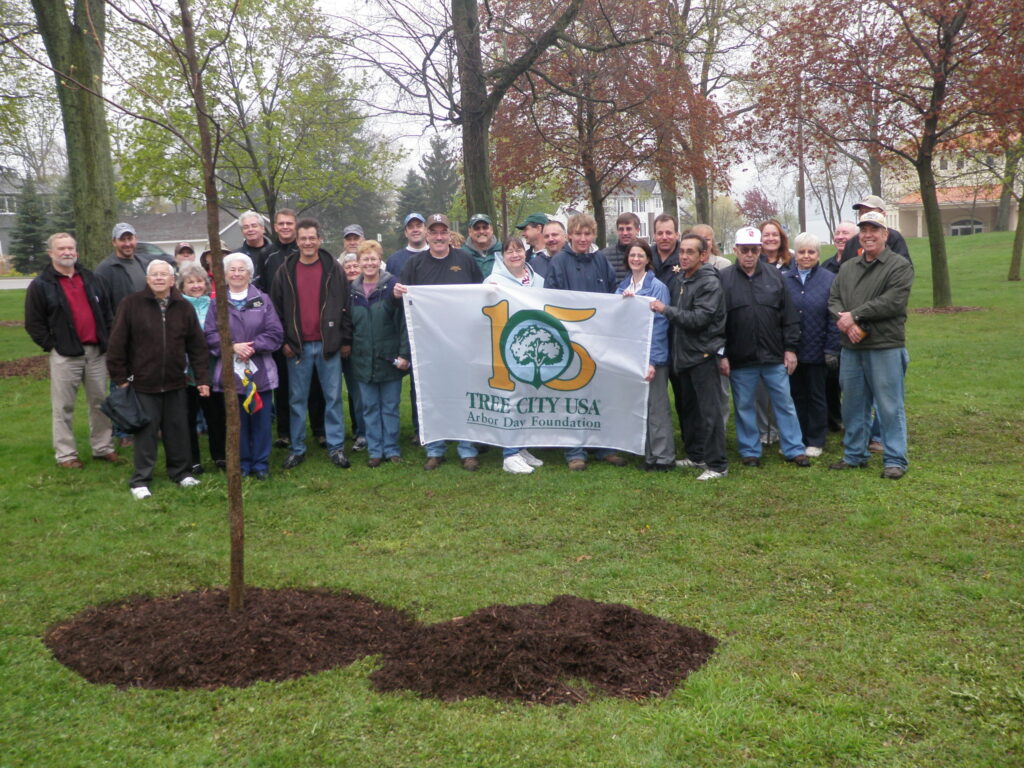 The application portal for Tree City USA is
The application portal for Tree City USA is 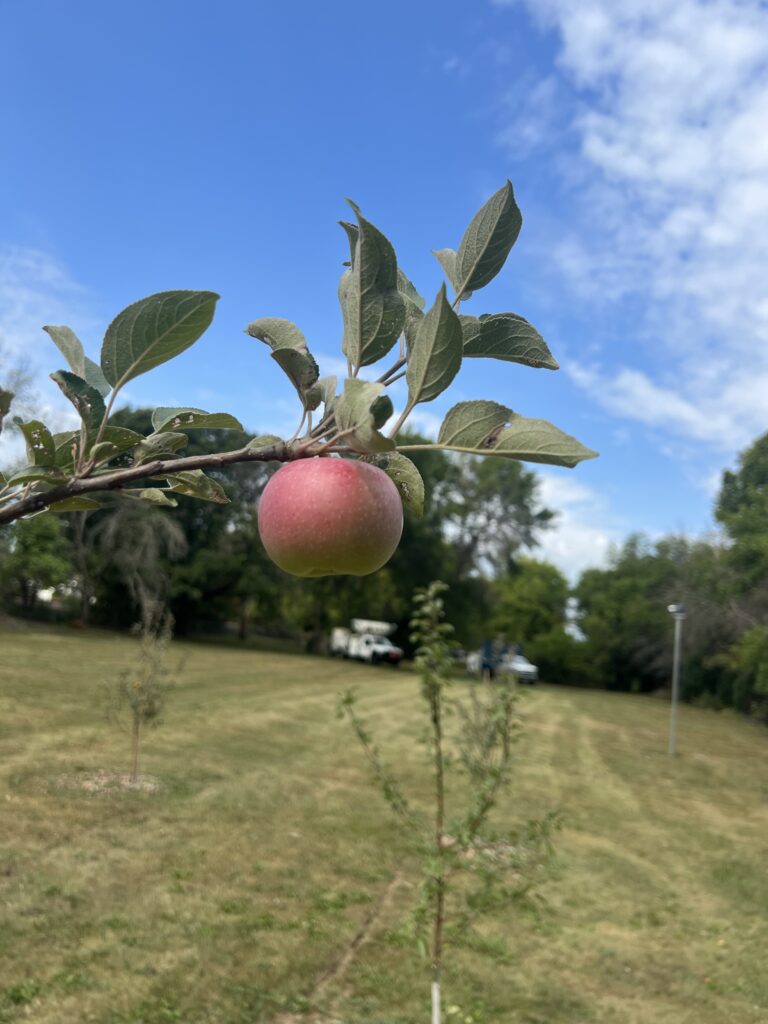 The city of Mauston (Juneau County, Wisconsin) is a small rural city of just under 4,500 people, situated along the I-90/94 corridor in central Wisconsin. Despite having a highly successful local manufacturing economy, a regional medical center and being situated in heavily trafficked regional tourist destination area, Mauston and Juneau County both have lower than average incomes and high levels of poverty. The region is one of Wisconsin’s rural food deserts, and the local food pantry, the Community Sharing Pantry, plays a crucial role in fighting local hunger.
The city of Mauston (Juneau County, Wisconsin) is a small rural city of just under 4,500 people, situated along the I-90/94 corridor in central Wisconsin. Despite having a highly successful local manufacturing economy, a regional medical center and being situated in heavily trafficked regional tourist destination area, Mauston and Juneau County both have lower than average incomes and high levels of poverty. The region is one of Wisconsin’s rural food deserts, and the local food pantry, the Community Sharing Pantry, plays a crucial role in fighting local hunger.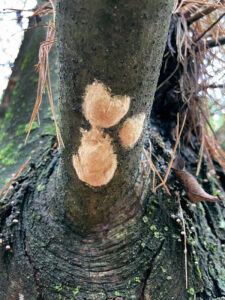
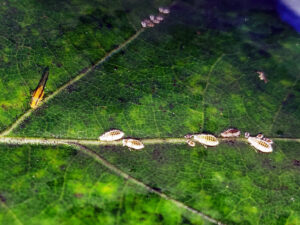
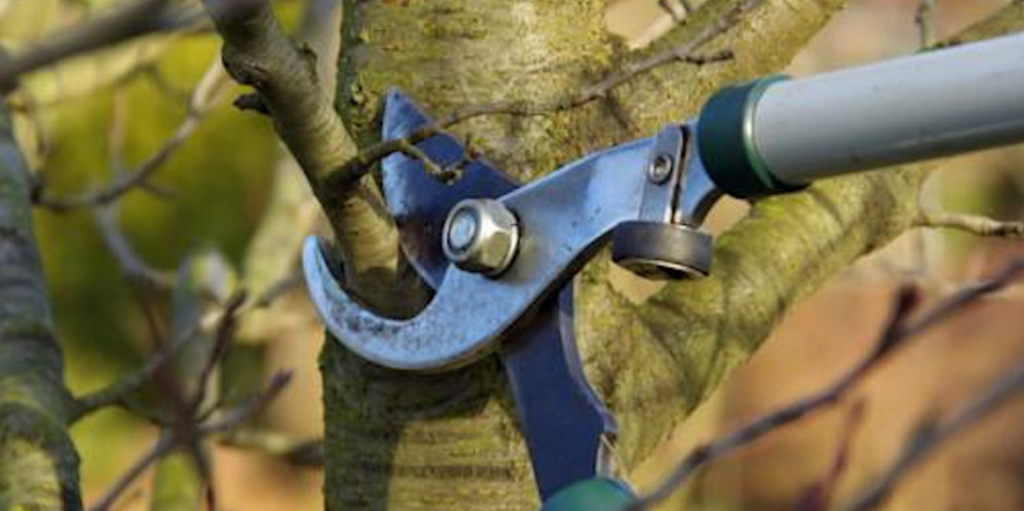 The Wisconsin Department of Natural Resources (DNR) and UW-Madison Extension have teamed up to offer young tree training pruning workshops at five locations around the state. Wachtel Tree Science will be presenting the information in a morning-indoors-afternoon-outside format. The cost is $35 including lunch, and ISA Continuing Education Units (CEUs) will be offered.
The Wisconsin Department of Natural Resources (DNR) and UW-Madison Extension have teamed up to offer young tree training pruning workshops at five locations around the state. Wachtel Tree Science will be presenting the information in a morning-indoors-afternoon-outside format. The cost is $35 including lunch, and ISA Continuing Education Units (CEUs) will be offered.